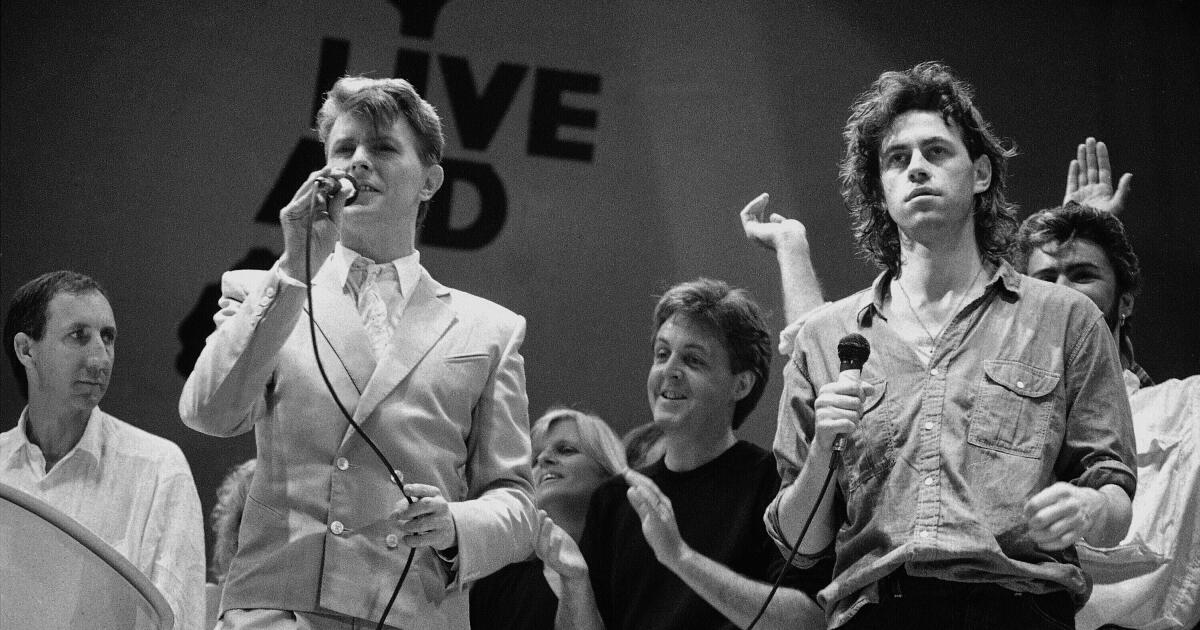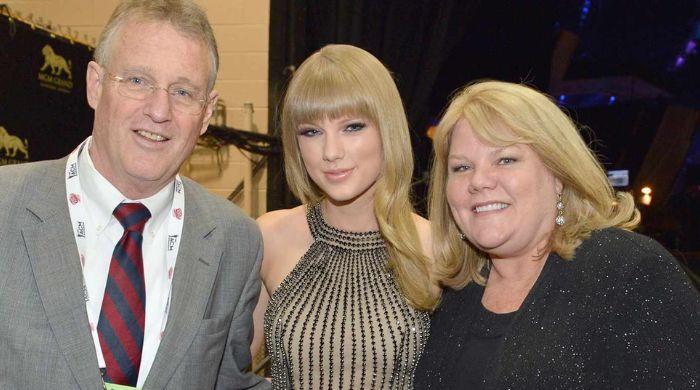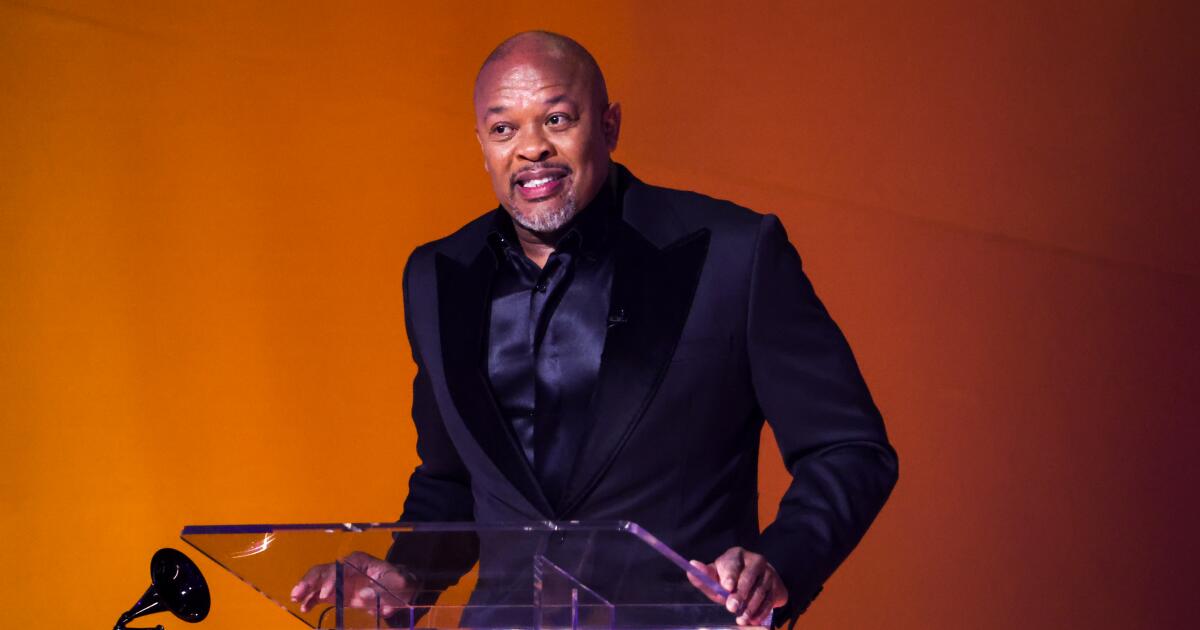Zombies were inactive when screenwriter Alex Garland convinced director Danny Boyle to resurrect the waiting dead and run them. The galloping Ghouls in their 2002 low -budget thriller “28 days later” revitalized the genre. Now there have been so many who have come to feel moldy. Then Garland and Boyle have joined again to see if there is life in these old bones.
There are, although sporadically and spasmedly. “28 years later”, the first entry of a promised trilogy, has a boring central plot reinforced by unusual ambition, extravagant side characters and manic edition. It is a Kooky show, a film that aggressively travels the moments of philosophy to violence, from pathos to comedy. Tonally, it is a heartbreaking creature. From scene to the scene, it staggers like the brain does not know what the body is doing. Garland and Boyle do not want the audience either, at least not.
The plot collects almost three decades in a viral pandemic of “anger” that is isolated the British islands of the civilized world. A couple of hundreds of people have settled in a safe life in Lindisfarne, an island that is less than one mile on the coast. The tide goes back every day for a few hours, the long time to walk through a narrow strip of road to the continent. Jamie (Aaron Taylor-Johnson) and Isla (Jodie Eat) were young when normality collapsed, approximately the same age as children in the shameless opening flashback of the film that are watching a VHS tape of “tele-sectubbies” while listening to the screams of their nannies that are dressed. But these survivors have managed to grow and become parents themselves. Given their harsh circumstances, Jamie and Isla have called their son Spike.
Despite the name, 12 -year -old Spike (Alfie Williams) is a sweet child. When his father slips a beautiful bacon ration, he gives his part to his mother, who now lies weak and confused in a room above. The script presses too much to make Spike naive, blank and moldable, instead of what the narrative logic tells us that it is, the hard child of two atrophied children. Their professional careers are Hunter, Forager or Watchtower Guard, but the product of a progressive Montessori school seems more, even with his father urging him to laugh at the intestines of grated deer. When the child is not looking, Jamie's shoulders sink while walking down the stairs to the island's illness bed, showing us a touch of adult complexities that he only understands.
Spike's story is a fairly simple trip over the age of majority. Once he killed his first infected (“the more you kill, the easier he becomes,” his father gloats), Spike decides to sneak his sick mother towards the continent in search of a mythological being: a general medical doctor. But immediately, the film edition (by Jon Harris) begins to have an adjustment, taking advantage of our attention while joint in black and white file images of the Jerky of the previous generations of the children who march to protect their homes, both in the news and in the classic counts, including the 1944 film by Laurence Olivier of “Henry V.” The chilling electronic score of the Young Padys Borrosa and drones Scottish group, while an invisible voice recites the “boots” of Rudyard Kipling, a poem about the dock war that was first published in 1903, but whose feeling of exhaustion of paving sounds as relevant to us as would be Beowulf. These theater sound elegant, but they deliberately abrasive and confusing. “28 days later” forced the audience to adapt to the ugliness of the digital cameras, and despite the years and the prestige that Garland and Boyle have accumulated since then, they still have a punk streak.
The filmmakers seem to be pointing out that our own most kind and soft idealism is the atypical value. The natural state of humanity is the struggle and division. In this evocative environment, with their crumbled towers of the castle and English flags made, we are in favor of thinking about battles, from Brexit to the Vikings, who first attacked the British on this same island in 793. An account of the ninth century of the ninth century describes the massacre of Lindisfarne as scenes of the blood of the blood and the plot. Those words could have been recycled on the launch cover of “28 years later.”
As a note, Lindisfarne is still so small and remote that he doesn't even have any doctor today. The one we know, Kelson (Ralph Fiennes), does not appear until the last act. But it is worth the wait, like the messianic Jimmy (Jack O'Connell), which appears three minutes before the accredited and we are successfully excited by the sequel, which has already been filmed. (Jimmy's tracksuits and bleached hair are evidence that their understanding of pop culture really stopped in Eminem). His characters inject so much energy into the film that Boyle and Garland seem to be rationing their best material as strictly as Spike denies that portion of pork.
This confusing and stubborn film does not reveal everything you are looking for. But it is an intriguing comment on human progress. The non -infected British have had to rewind their society by a millennium. When a Swedish sailor named Erik (Edvin Ryding, Marvelous) is forced to ground, talks to all British as they are caveros. They have never seen an iPhone (although the film was filmed in them). Seeing an image of a modern Instagram girl, she stuffed with a maturity of Kardashian, Spike Jadea, “What about her face?”
The infected have further retreated and have been divided into two subspecies: the “slow-low” zombies in the form of food, which absorb worms with a vile slurp and the Neanderthalish sprinters who hunt in packages. The rapids even have an Alfa (Chi Lewis-Pary) that is determined to take great steps forward. A fun way that he shows it is that he has made a hobby of starting the heads of his prey to use his thorns as tools, or perhaps even as decoration.
Dr. Kelson, shaman, sculptor and anthropologist, insists that even those infected still share a common humanity. “Each skull has had a thought,” he says, stabbing a newly beheaded with his horquillo. He has made an art of honoring death during these decades and its amazing sequence is occasionally emotional, even if you have fenins, stained with iodine and similar to Colonel Kurtz, made me explode in the laughs in the way he says “placenta.” However, I think we are destined to laugh: it is the exact mixture of intelligent and silly that the film is chasing.
So who, then, are the savages? The infected or us? The film changes alliances without taking sides (still). I am not convinced that Sweetie Pie Spike is the protagonist that I want to continue for two more films. But whatever happens, it is a fact that humans eventually, stubbornly and relentlessly find a way to tear other humans in pieces, as we do in each film, and as we have done since the first Homo Sapien was after his rival with a stick. That is the visceral power of the Zombie genre: it reveals that the things that make us feel safe (love, loyalty, courtesy) are also our weaknesses. “28 years later” we dare to delegate.
'28 years later '
Qualification: A, for strong bloody violence, spooky images, graphic naked, language and brief sexuality
Execution time: 1 hour, 55 minutes
Playing: In broad release on Friday, June 20











